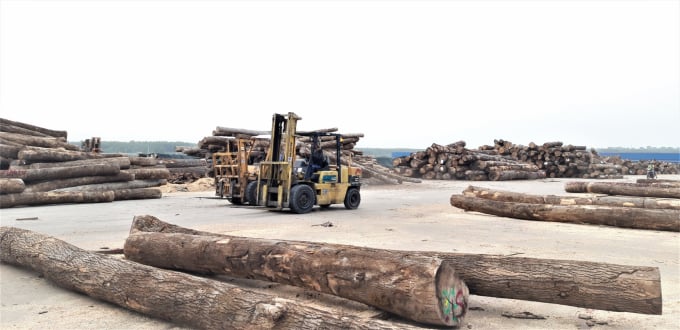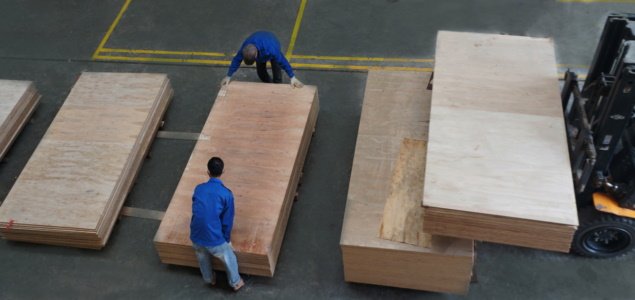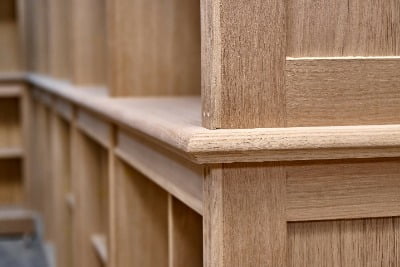Discover the intricate tapestry of Vietnam’s wood processing industry as it strategically diversified sourcing practices for raw wood materials. With an annual import volume exceeding 6 million cubic meters, valued at nearly 2 billion USD (as of 2022), Vietnam’s reliance on round wood and sawn wood from over 100 countries and territories underscores the industry’s resilience and growth. This dynamic import portfolio not only addresses domestic demand but also fuels the robust expansion of Vietnam’s wood processing sector. Uncover the multifaceted challenges and commitments associated with legal compliance as the government takes bold steps to eradicate illegal wood from the supply chain through initiatives like Decree No. 102/2020/NĐ-CP. Explore the implications of Vietnam’s agreements with the European Union and the United States for shaping the landscape of the sustainable wood trade. This report provides a comprehensive update on the import dynamics of roundwood and sawnwood, offering valuable insights into the industry’s evolution until July 2023.

The critical significance of imported raw wood materials, specifically round wood and sawn wood, plays a pivotal and indispensable role in propelling the growth and development of Vietnam’s thriving wood processing industry. On a yearly basis, Vietnam actively participates in the importation of an impressive volume exceeding 6 million cubic meters of round wood and sawn wood, reflecting a substantial economic value reaching nearly 2 billion USD as of the year 2022. This dynamic and substantial import portfolio includes an extensive array of wood species carefully sourced from a diverse pool of more than 100 countries and territories worldwide. The infusion of these imported raw wood materials into the Vietnamese wood processing sector not only contributes significantly to meeting the industry’s demand but also serves as a driving force behind its sustained and robust expansion.
The substantial contribution of imported wood materials is evident in the total export turnover, exceeding 15 billion USD in 2022, along with approximately 4 billion USD in domestic consumption. This is primarily due to the domestic supply of raw wood falling short of meeting market demands for variety and quality. The importation of wood materials involves a wide diversity of wood species and supply sources, with the active participation of numerous small and medium-scale importers. This complexity adds challenges to the management and assurance of the legal compliance of imported wood.
The Vietnamese Government has committed to eliminating illegal wood from the supply chain. Decree No. 102/2020/ND-CP, regulating the system to ensure legal wood, was issued by the government in September 2020. This initiative is part of the government’s commitment under the Voluntary Partnership Agreement (VPA) on the enforcement of forestry laws, forest management, and timber trade (FLEGT) signed with the European Union (EU). Ensuring the legality of imported wood materials is a focal point of Decree 102. According to the decree, this control is based on criteria related to the geographical regions supplying wood to Vietnam (positive and negative) and the imported wood species (at-risk and not at-risk) from these regions. Vietnam has also signed an agreement with the U.S. government on the harvesting and trade of illegal wood in October 2021 (Agreement 301).
According to the Agreement, Vietnam commits to amending and supplementing Decree No. 102 related to criteria for determining countries within the positive geographical region exporting wood to Vietnam. The goal is to ensure the objective assessment and identification of countries within the positive geographical region in line with practical considerations. Additionally, it aims to supplement the classification of participating businesses. Currently, a draft amendment to Decree 102 has been developed, seeking opinions for consultation and submission to the government for approval. This report provides updated information on the import of roundwood and sawnwood materials from both positive and negative geographical regions of Vietnam until the end of July 2023, utilizing import data from the Vietnam General Department of Customs during the period from 2021 to 7T/2023. The objective of the report is to offer input for the effective implementation of Decree 102, the Agreement on the Control of Illegal Wood (with the U.S.), and the future revision, supplementation, and issuance of guiding documents. The report consists of five main sections.
View the full report of VIFOREST, FPA Binh Dinh, HAWA, BIFA, DOWA and Forest Trends here (in only Vietnamese).
Source: Goviet.com.vn




